Blog
Jewellok is a professional pressure regulator and valve manufacturer and supplier.

The Role Of Storage Control And Sampling Systems Industrial Operations
- Pressure Regulator Valve Manufacturer
- Automated Sample Management and Storage, Automated Sample Storage Platforms, Automated Sample Storage System, Control Valve Solutions for Carbon Capture, Sample management and storage system, storage control system and sampling system, Storage control system valves diagram
- No Comments
The Role Of Storage Control And Sampling Systems Industrial Operations
In industrial environments, efficiency, precision, and accuracy ensure smooth operations. Critical systems that play an essential role in achieving these goals are storage control systems and sampling systems. While these two systems might seem separate, they both work in tandem to streamline processes, enhance data collection, and maintain the quality of raw materials or products. This article will explore how storage control systems and sampling systems contribute to industrial operations, the technology behind them, and their significance in maintaining operational efficiency.

The Importance of Storage Control Systems
A storage control system is critical in managing inventory and optimizing storage spaces in various industries, including manufacturing, logistics, and laboratories. These systems are designed to track, control, and manage materials, products, or data stored within a facility. With the increasing complexity of modern supply chains and production lines, the need for efficient storage control has never been more apparent.
Critical Functions of a Storage Control System
- Inventory Management: A storage control system ensures real-time tracking of inventory levels. It is crucial for industries where the availability of raw materials or products is directly tied to production schedules. By maintaining a well-organized storage system, companies can minimize waste, reduce the risk of stockouts, and avoid overstocking.
- Optimized Space Utilization: Many industrial facilities have limited space, making it essential to maximize storage capacity. A storage control system employs algorithms and automated solutions that ensure every square inch of space is used effectively.
- Automated Replenishment: Some advanced systems can automatically reorder materials or components based on pre-set thresholds, ensuring that the production line is never disrupted due to a lack of necessary materials.
- Improved Accessibility and Retrieval: When inventory is organized correctly and tracked efficiently, retrieving items becomes more accessible and quicker. It reduces downtime during operations and increases productivity.
- Real-Time Monitoring and Reporting: Modern storage control systems are integrated with software that provides real-time data on inventory levels, material location, and other metrics. This visibility is essential for decision-making, enabling managers to make informed choices about procurement, production schedules, and resource allocation.
Types of Storage Control Systems
- Manual Systems: Storage control may be handled manually in smaller operations with physical logs and spreadsheets. While cost-effective, manual systems are prone to human error and inefficiencies.
- Automated Storage and Retrieval Systems (AS/RS): These systems use robotic technologies to store and retrieve items automatically, significantly reducing labor costs and increasing speed.
- Warehouse Management Systems (WMS): These software-driven systems integrate inventory management with other aspects of warehouse operations, such as order fulfillment, shipment tracking, and performance analysis.
Benefits of Effective Storage Control
- Reduced Operational Costs: Companies can significantly lower costs by improving inventory management and reducing the need for manual labor.
- Enhanced Data Accuracy: Automated systems ensure that inventory records are always up to date, reducing the chances of errors.
- Increased Operational Efficiency: Optimized storage and quick retrieval enhance operational flow, contributing to overall productivity.
The Role of Sampling Systems in Quality Control
A sampling system is another critical component in industrial environments, especially in industries where quality control is paramount. Whether it’s the food, pharmaceutical, or manufacturing industry, the need for accurate and consistent sampling must be balanced. Sampling systems are designed to extract, prepare, and sometimes analyze small portions of a larger batch to ensure that the product meets specific quality standards.
Critical Functions of a Sampling System
- Representative Sampling: One of the primary functions of a sampling system is to extract a representative sample from a larger batch of material. It helps ensure that the sample reflects the entire batch, reducing the risk of product defects and ensuring consistency.
- Automation of Sampling: Manual sampling can be time-consuming and prone to errors. Automated sampling systems can take samples at predefined intervals or under specific conditions, ensuring consistency and reducing the time spent on manual operations.
- Analysis and Testing: After taking samples, they are often analyzed for various properties such as chemical composition, texture, and strength. Advanced sampling systems are integrated with analytical tools that can perform real-time sample analysis, providing immediate feedback on the batch’s quality.
- Data Collection and Reporting: Modern sampling systems are often linked to centralized databases like storage control systems. The data from sampled batches is stored, analyzed, and used to generate reports, track trends, and identify potential issues early in the production process.
Types of Sampling Systems
- Grab Sampling: A simple method where a sample is manually collected at a single point in time. This method is quick but may only sometimes provide an accurate representation of the entire batch.
- Composite Sampling: This method combines samples from different production or storage points to represent the batch accurately.
- Continuous Sampling: This method continuously monitors a process and takes samples at regular intervals. It is typically used in large-scale operations where ongoing monitoring is necessary.
- Automatic Sampling: Fully automated systems that collect samples based on specific criteria, such as time, quantity, or quality thresholds.
Benefits of Efficient Sampling Systems
- Improved Product Quality: Sampling systems help maintain the consistency and quality of the final product by ensuring that each batch undergoes rigorous quality testing.
- Time and Labor Savings: Automated sampling systems reduce the need for manual labor, making the process quicker and more cost-effective.
- Data-Driven Decision Making: Sampling systems provide valuable data that can be used to improve the production process, address quality concerns, and optimize efficiency.
Integrating Storage Control and Sampling Systems for Maximum Efficiency
While storage control and sampling systems may have distinct functions, integration can lead to greater operational efficiency. Combining these systems can provide several benefits in industries where inventory management and quality control are critical.
Streamlining Operations
- Synchronization of Data: Integrating storage control and sampling systems ensures that all inventory management and quality testing data are synchronized. For instance, if a particular batch of raw materials is being tested and found to have quality issues, the storage control system can immediately flag that batch and either remove it from the production line or reorder new materials.
- Reduced Waste: When both systems are in sync, excess stock of defective or non-compliant materials can be identified and removed from the inventory. It helps reduce waste and ensures that only high-quality materials are used in production.
- Real-Time Monitoring: Integrated systems offer real-time visibility into inventory levels and product quality, allowing managers to make decisions quickly and effectively. It is essential in fast-paced environments where production schedules are tightly coupled to material availability and product standards.
Enhancing Traceability
- Better Traceability: In industries such as food and pharmaceuticals, traceability is critical for ensuring compliance with regulatory standards. By linking sampling systems with storage control systems, manufacturers can trace every batch of material used in production and ensure that all raw materials and products meet the required specifications.
- Regulatory Compliance: Many industries are subject to strict regulations concerning the quality and safety of their products. Integrating storage control and sampling systems can ensure compliance by maintaining accurate records, reporting, and audit trails.

Conclusion
The combination of storage control and sampling systems is integral to modern industrial operations, driving efficiency, reducing waste, and ensuring consistent product quality. Storage control systems manage inventory, optimize space, and improve accessibility, while sampling systems provide the necessary tools for quality control and compliance. By integrating these systems, industries can achieve operational precision and consistency vital for meeting customer expectations and regulatory requirements. As technology evolves, we can expect these systems to become even more automated, data-driven, and interconnected, further enhancing their value in industrial settings.
For more about the role of storage control and sampling systems industrial operations, you can pay a visit to Jewellok at https://www.jewellok.com/ for more info.
Recent Posts
Tags
Recommended Products
-
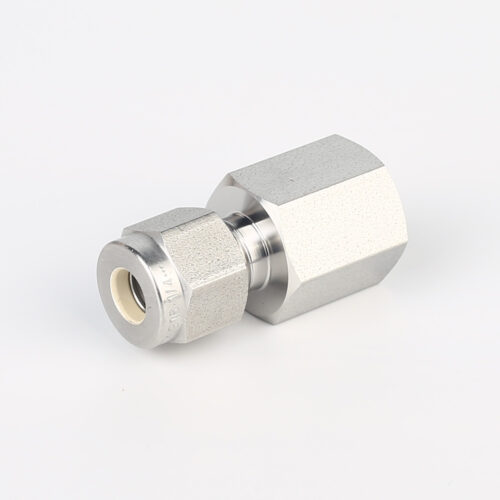
766L High Purity Female Connector UHP Fitting Female Connector
-
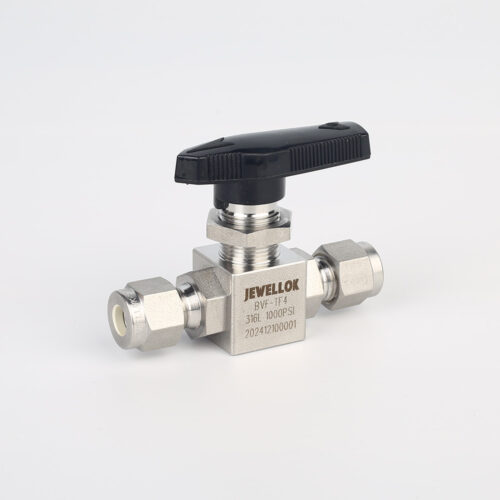
Stainless Steel High Purity High Temperature Pneumatic Actuated Ball Valves JBV2 Series
-
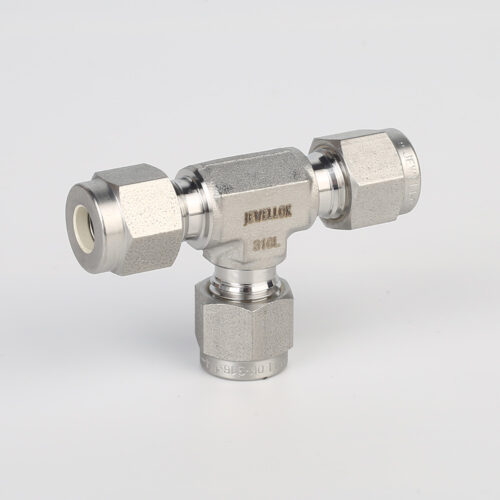
764L Stainless Steel Union Tee High Purity Fitting Union Tee Reducing Tubing Connection
-
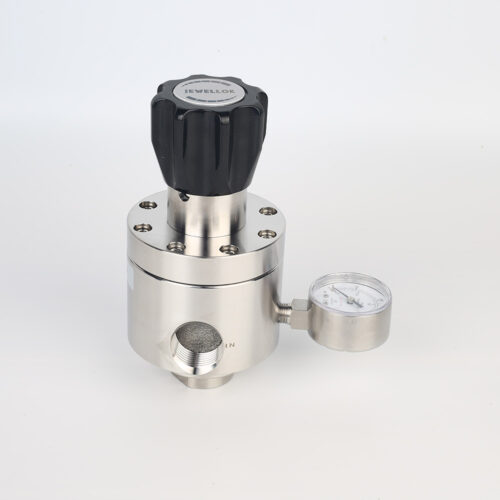
Low Pressure High Flow Line Pressure Regulators And Control Valves JSR-4L Series For Laboratory Pressure Control
-
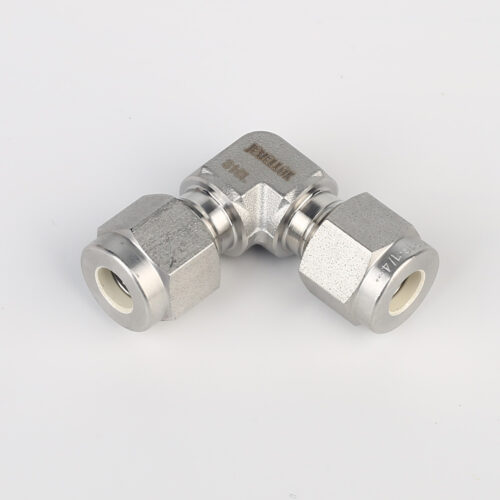
765L Stainless Steel Union Elbow Reducing High Purity Fitting Tubing Extension Tubing Connection
-
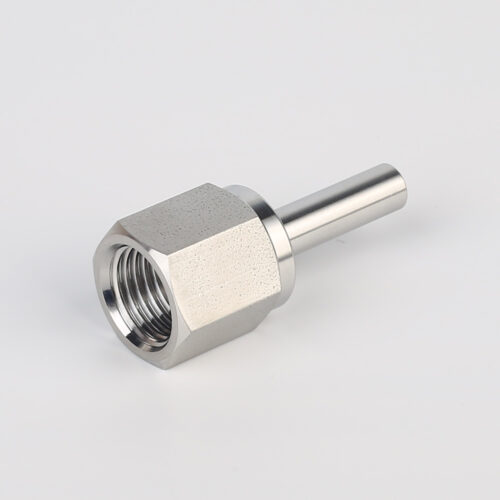
739LF High Purity Female Adapter Tube To Pipe Fittings And Connectors
-
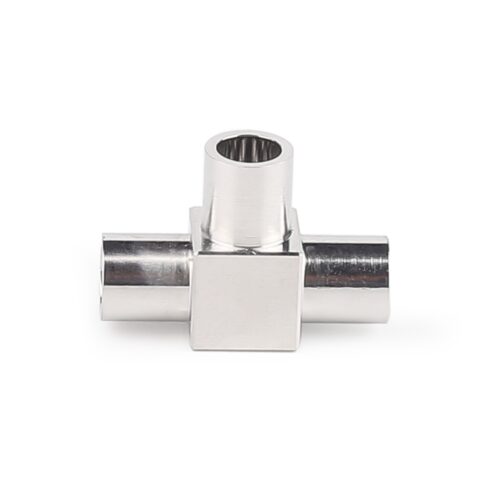
Stainless Steel Ultra High Purity Mini Butt Weld Mini Tee Reducer MTRW Series Fittings
-
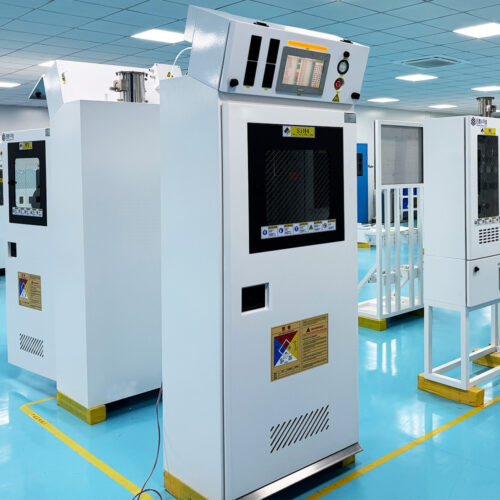
Fully Automated Gas Cabinet For Precise UHP Gas Delivery And High Purity Gas Delivery Systems JW-300-GC